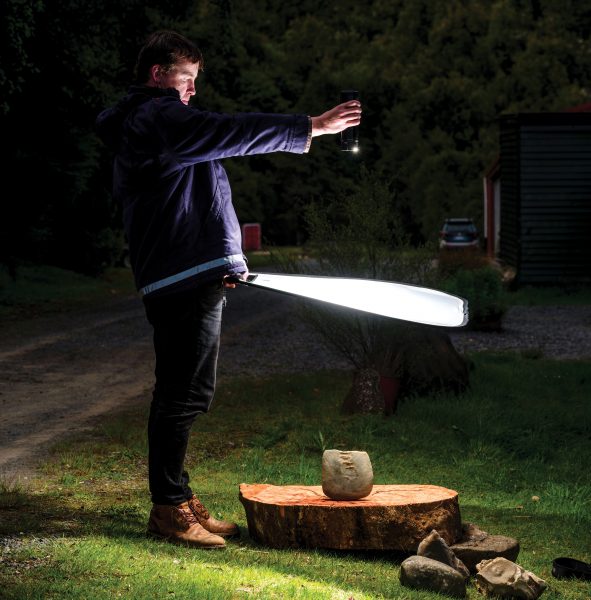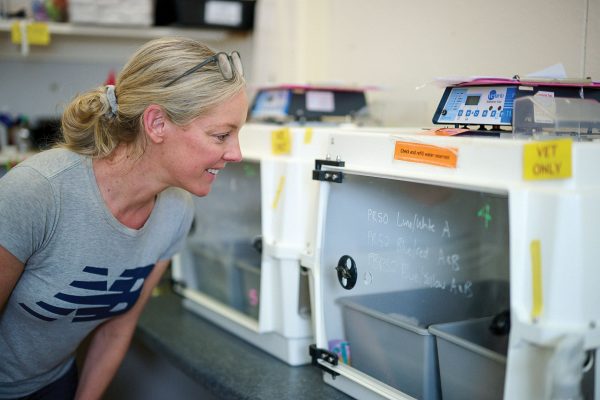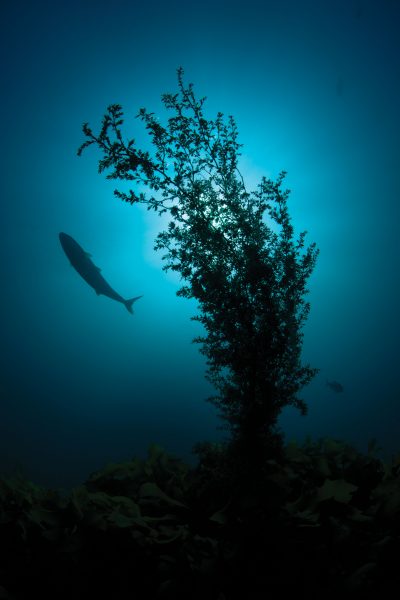Shark wrangler
Riley Elliott at the sharp end of marine science

An avid Surfer, scuba diver and spear fisherman, University of Auckland PhD candidate Riley Elliott has always loved the ocean, though nurtured what he felt was a healthy fear of sharks.
“Like everybody else I was scared of sharks,” he says. “But after studying shark behaviour with other researchers in South Africa, that fear turned to awe.”
Elliott worked at the Oceans Research Great White Shark Station in Mossel Bay, South Africa, the epicentre of the great white’s range and the location of much-celebrated photographs of the one-tonne predators breaching clear of the surface while hunting fur seals.
He returned to New Zealand intent on pursuing a scientific career focusing on sharks. The South Pacific, he says, is the “last ocean with a healthy population of highly migratory sharks. But the last of the world’s tuna stocks are here, too.”
The relationship between commercially exploited species and apex predators—which represent a third of the total catch—set up a problem, and there was very little empirical data to guide either scientists or fishery officers. The most frequently caught species, the blue shark, became the focus of his PhD research.
Elliott is the choleric, confident face of new science, his self-branded website rileyelliott.com unabashedly ‘heroic’, trading on his charismatic subjects to garner research funding in what is an increasingly competitive ‘market’ for science. Skirting the traditional channels of marine science funding in New Zealand—largely from fisheries interests Elliott instead went to Kelly Tarlton’s, documentary film companies, the University of Auckland and New Zealand Underwater Association for support with the purchase of satellite transmitter tags worth $4000 a piece. The public profile allows New Zealanders to share in his work and follow his tagged sharks over the three-year course of the study, perhaps involving them in a way that few papers published in regular scientific journals might.
Elliott also regularly freedives with the blue sharks to observe them in the water, at the same time creating images that mainstream media lap up with alacrity, driving public interest in his work, though he admits that half a dozen sharks is about as many as he is comfortable with.
“When you get up to 11 sharks in the water you can’t watch them all at the same time,” he says. “They can get a bit frisky.”

















